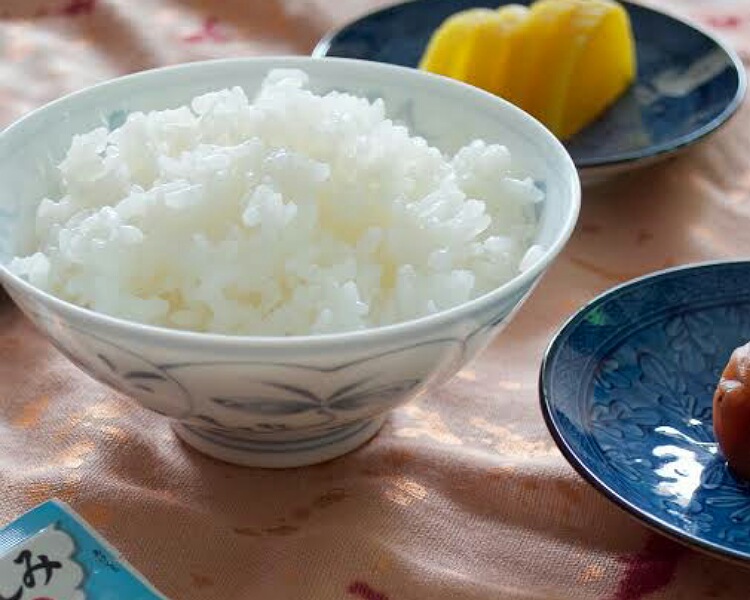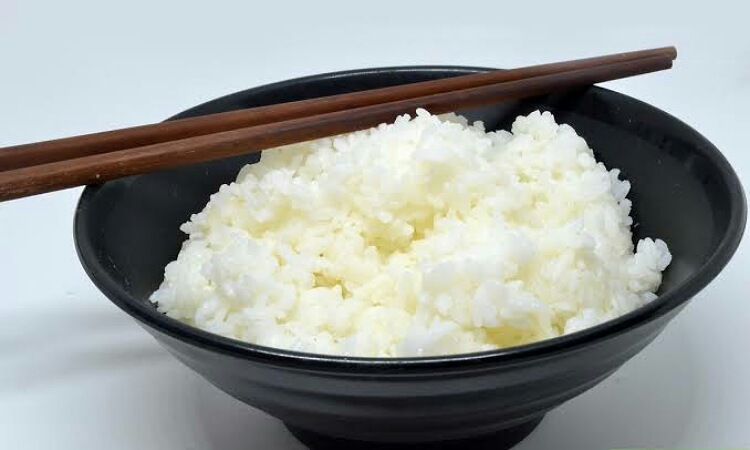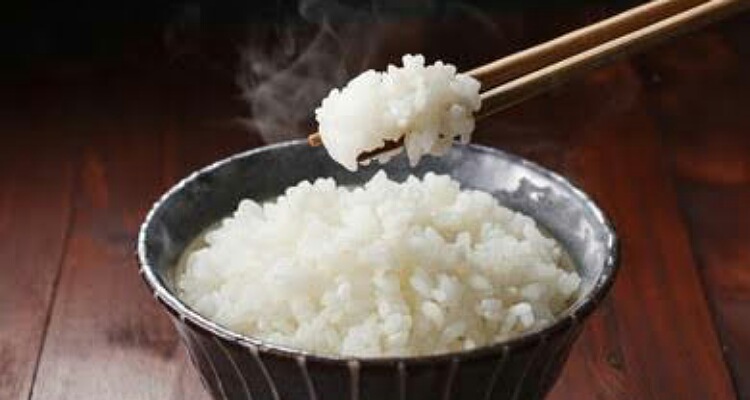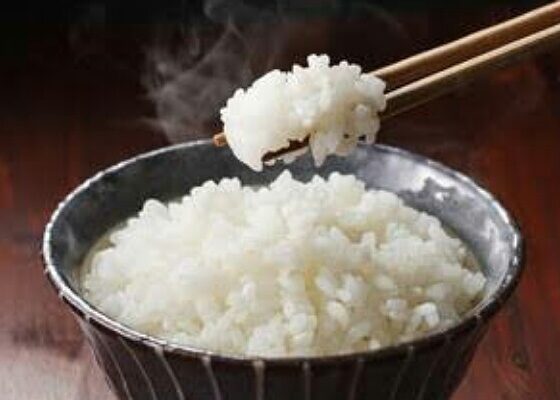Traditional foods are getting replaced with foods of other parts of the world. Consumption of regional staple foods is declining and other foods are taking its place. This changing diets has also affected Japan. The consumption of their staple rice has declined to just one meal in a day, a recent survey shows.
Changing diets in Japan
World is a global village. The internet and international trading has provided easy access to people of foods of other parts of the world. Hence there have been notable changes in diets of people worldwide. Japan is no exception. A recent Japanese survey showed that consumption of their staple food, rice has declined over the past few years. And in its place, people prefer other easy and convenient foods for meals.

The Japanese rice distributor Makino conducted a survey recently on the food habits of people in their country now. And the survey revealed that the changing diets has reached Japan too. Rice is now consumed only for dinner while other Western or Chinese foods are commonly eaten now for breakfast and lunch.
The recent Japanese survey
Makino did a survey of 1012 people from the age of 20s to 60s. They enquired about the type of foods people take at their major meals of the day, namely breakfast, lunch and dinner.
Rice is a staple food in Japan. It used to be eaten at each of the three meals of the day. But now, this survey showed that though 84.8% of the respondents had rice daily at meals, only 16.7% had it for all three meals. While 68.1% of them had reduced their rice intake to just one meal in one day.

Some of them had stopped eating rice often. Some had it only once every 2 or 3 days. And a minority took it only once in a week.
Nowadays, most preferred are bread options at breakfast and noodles at lunch time.
More findings of the study
The research team also queried about the amount of rice the participants purchased at one time and the place where they purchased it. The results showed that 10.6% purchased only small packets of rice weighing 1 kg or less. 39.5% of them purchased at least 5 kg of rice at one time while 26.7% of them bought at least 10 kg of it at one go. Only 10% bought over 30 kg of rice at a time.
Most people (66.6%) purchased their rice quota from supermarkets or convenience stores. 14.4% got it online. And for 14.1% of them, friends or family gave it to them. Less than 10% received it from the furusato nōzei hometown tax system. Rice stores were a common sight in towns. These were rampant during the Shōwa era from1926 to 1989. But these have gradually vanished and their place has been taken up by other buying options for consumers.

Also, read Mochi: the traditional Japanese rice cake that has the potential to kill!
For most respondents (46.4%), price tag was the deciding factor for purchase. They opted for affordable varieties of it. And 43.9% of them preferred to go for branded rice with which they were familiar with. And 19.8% went for their preference based on taste. Around 15% had no preference for rice and would purchase what they get.
